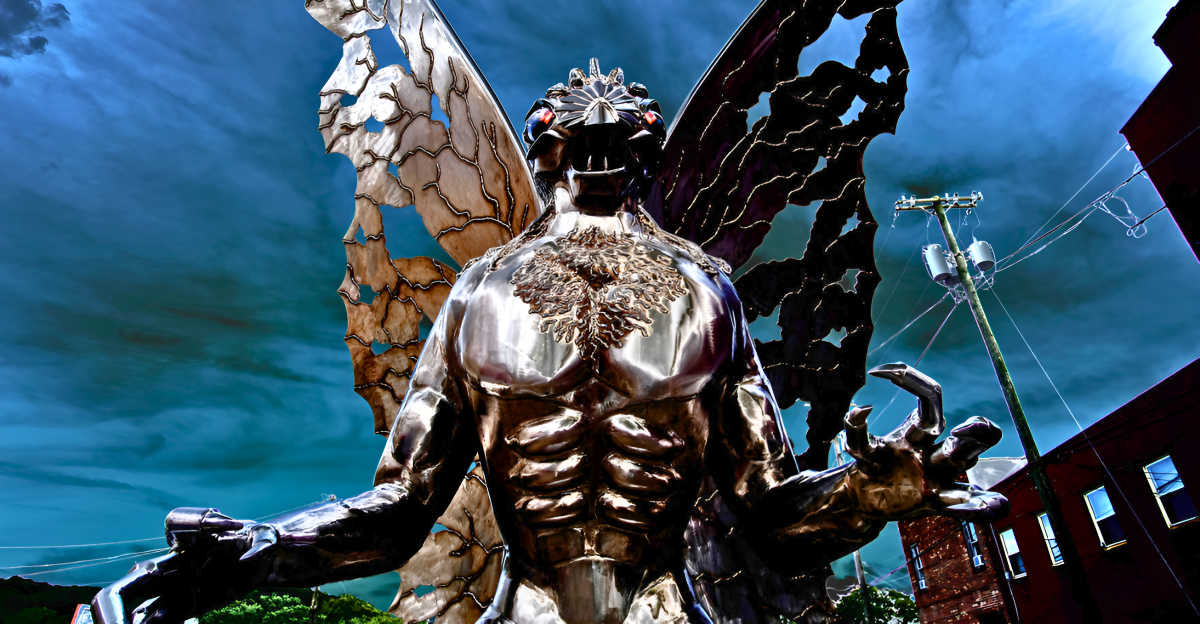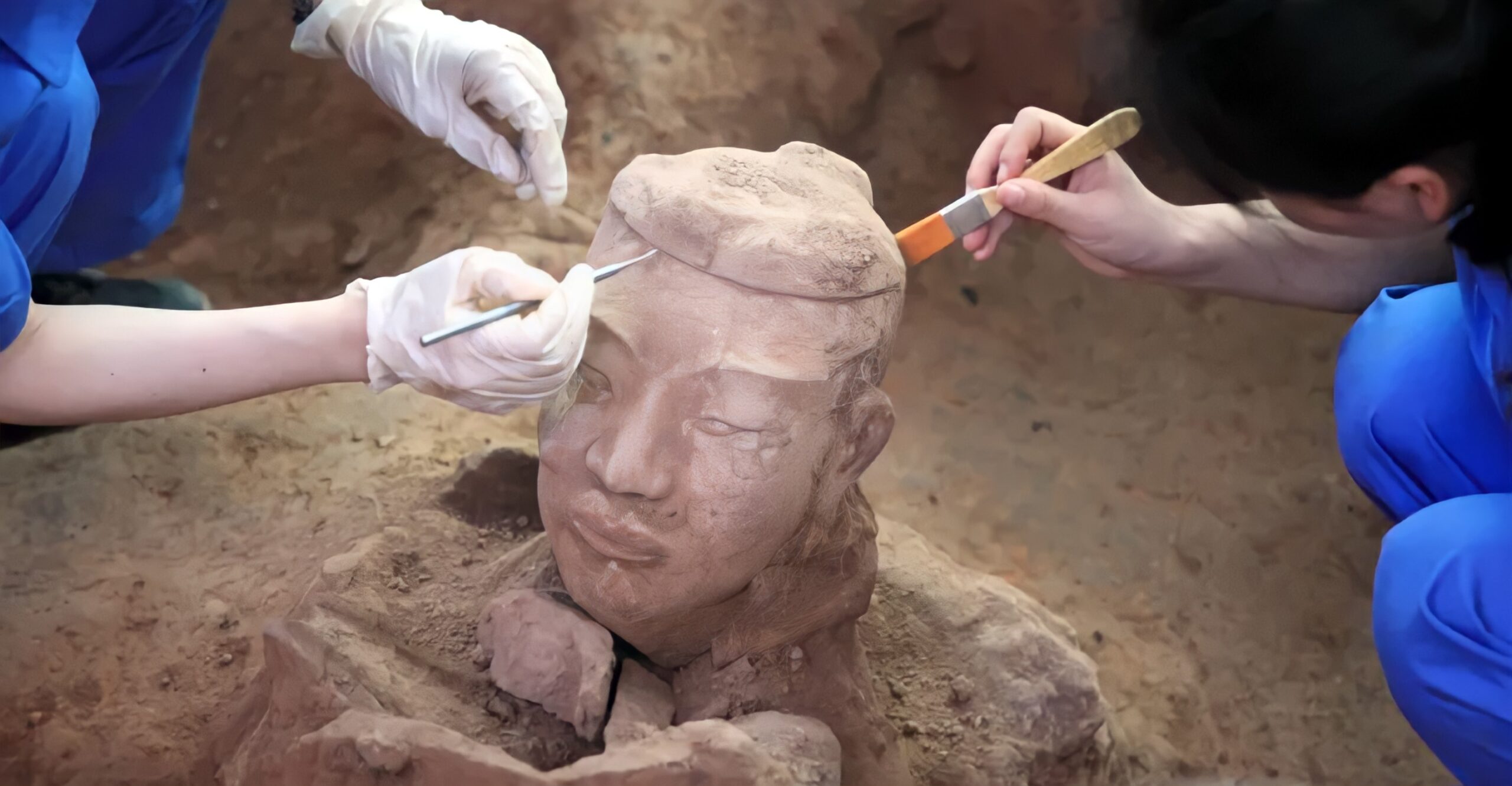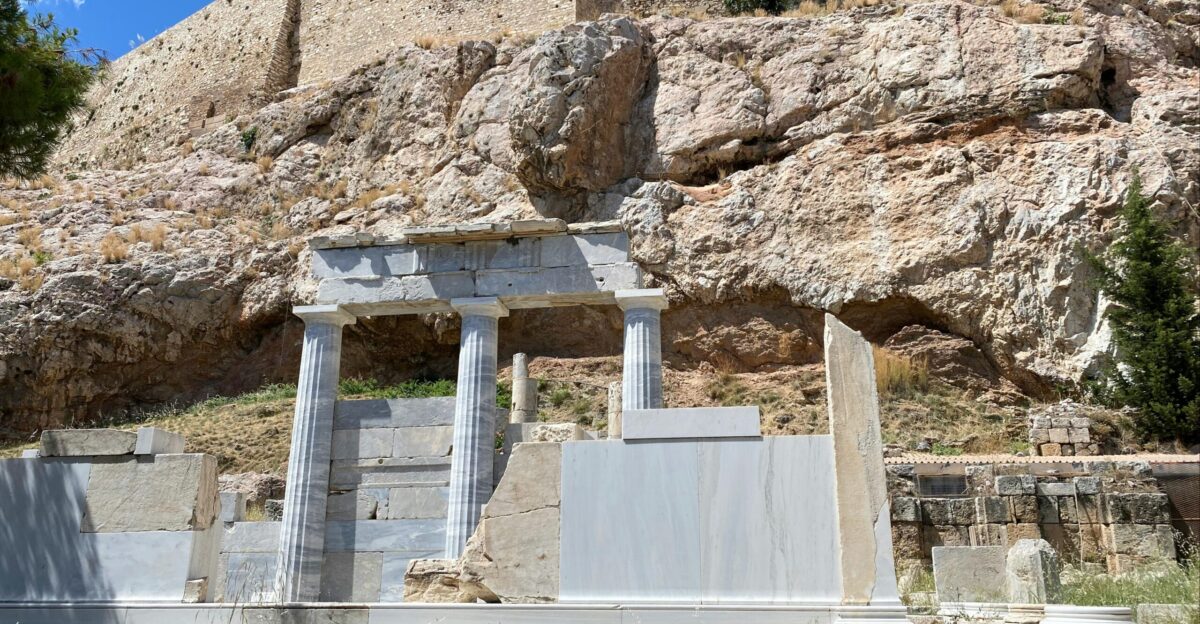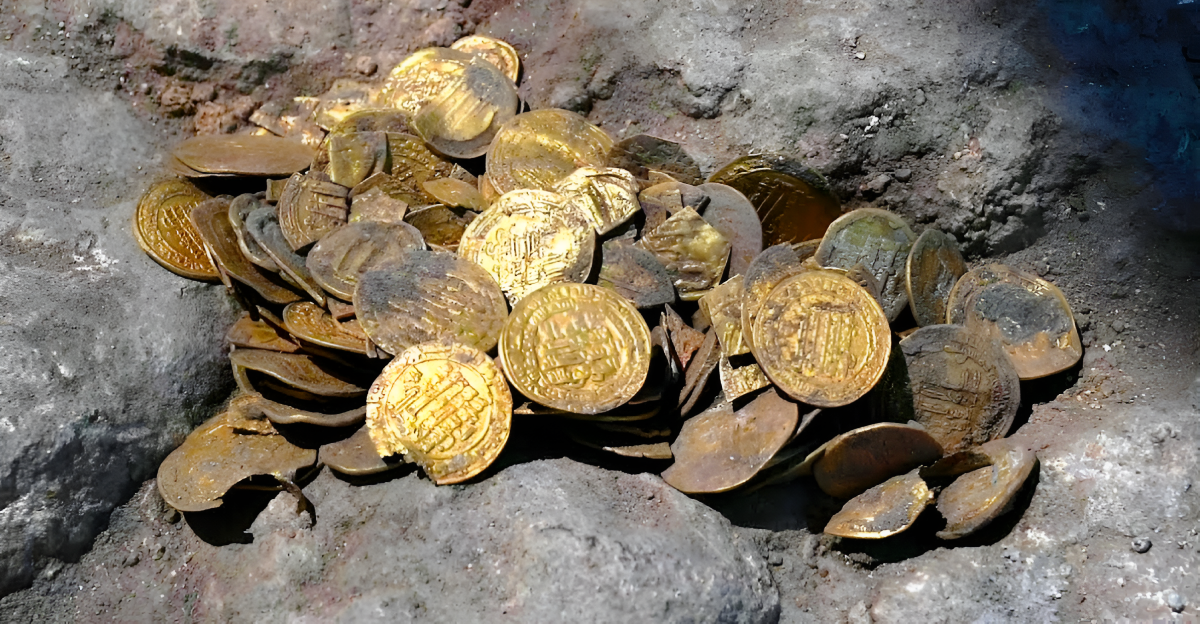
In the little village of Castillonnès in France, a modest house held a hidden secret that surprised coin collectors and auctioneers around the world. When the owner died, rumors circulated in the neighborhood of treasure buried inside.
No one believed them though, but then the man’s notary, duty-bound to settle the estate, stumbled upon a breathtaking revelation.
Hidden behind a very old, faded painting, in a small niche in the wall, lay a treasure trove that would upend the lives of everyone involved and create a global frenzy among collectors, historians, and fantasists of all persuasions.
Why This Finding Matters—And Essentially Didn’t Occur
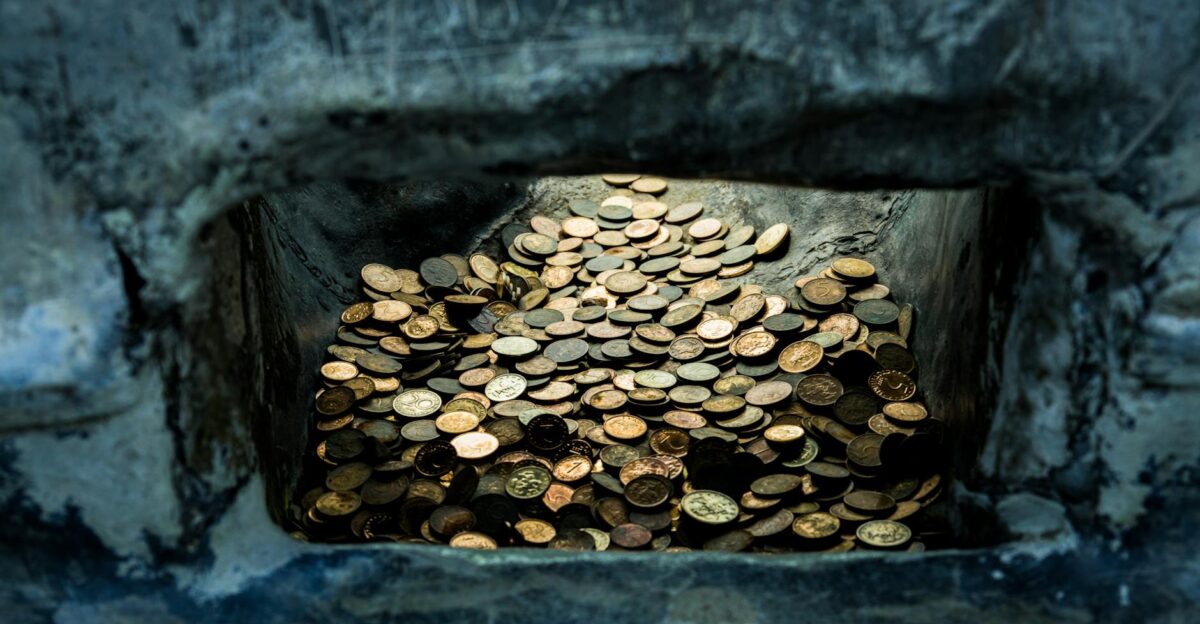
The serendipitous discovery of gold coins hidden inside a wall is the kind of thing that resonates well beyond the borders of a sleepy French village.
If the notary hadn’t heard the local rumors and decided to double-check the house, or if the house had been sold without a search, this treasure could have forever remained behind the wall.
As it is, the notary’s discovery has electrified the international numismatic world, with news sites, auction houses, and social media abuzz with the simple improbability of this event.
The Quiet Collector: Who Was Paul Narce?
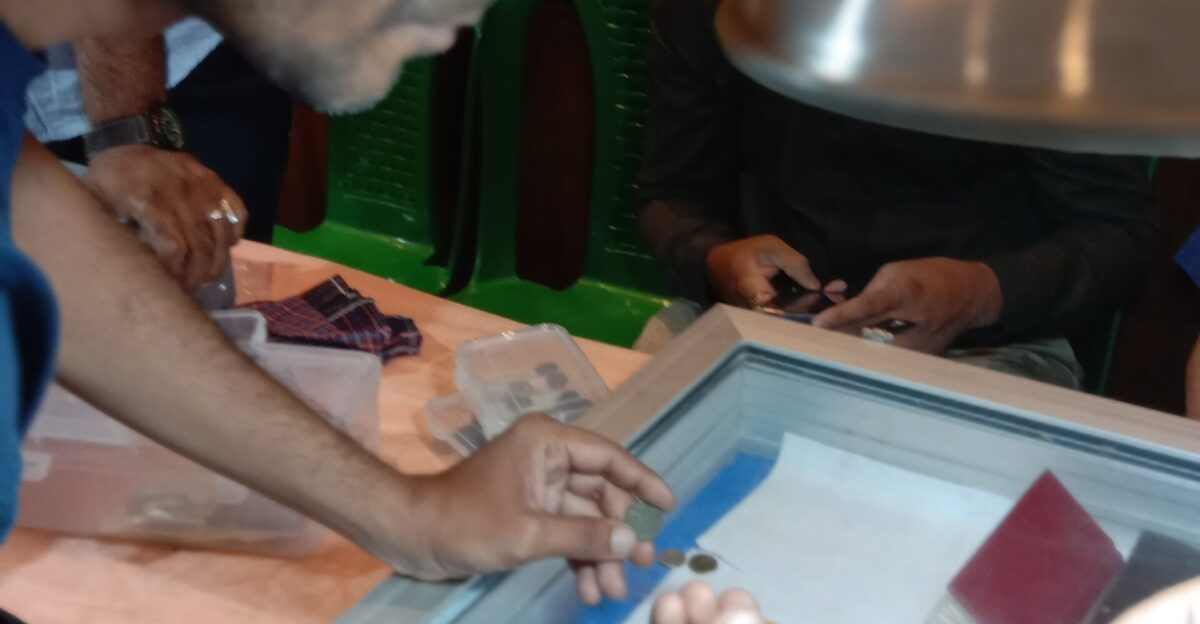
Paul Narce’s life was quiet and simple. He barely ever went outside, had no kids, and spent his days with his sister, Claudette, who died a year before he did. But within this unassuming man lay an avid numismatist who painstakingly curated a collection that would leave the world in awe.
Narce’s love of coins was matched by his secrecy; not even neighboring families knew the riches that lay behind his walls. But soon the world would see his life’s work, almost a year after he died at the age of 89.
The Search: How Did the Mystery Unfold?
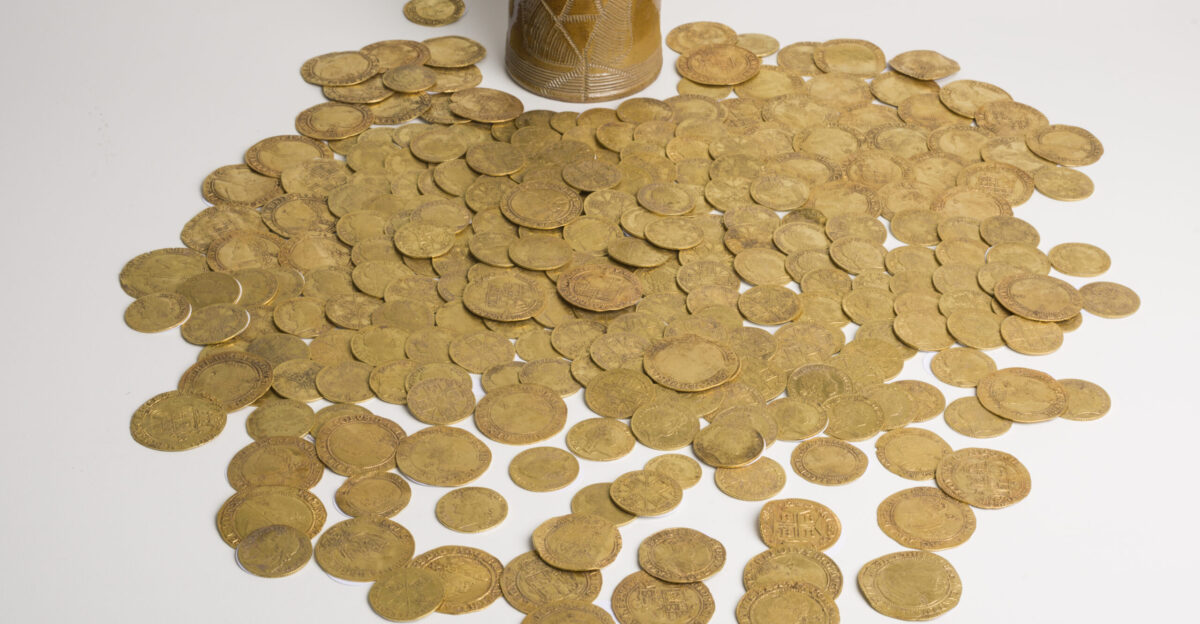
After Narce’s death in 2024, the house stood empty, its secrets intact. The notary, goaded by rumor and hearsay, and in the absence of a will or close heirs, initiated a slow, methodical search of Narce’s house.
The discovery was made in a dusty storeroom: behind a painting slanted on the wall, and a knock on the wall. Slowly, step by step, the tension built—was there anything there at all, or merely the echo of village myth?
The answer would be much more than even the most fanciful theory.
More Than Just Coins—A Hidden Trove Revealed
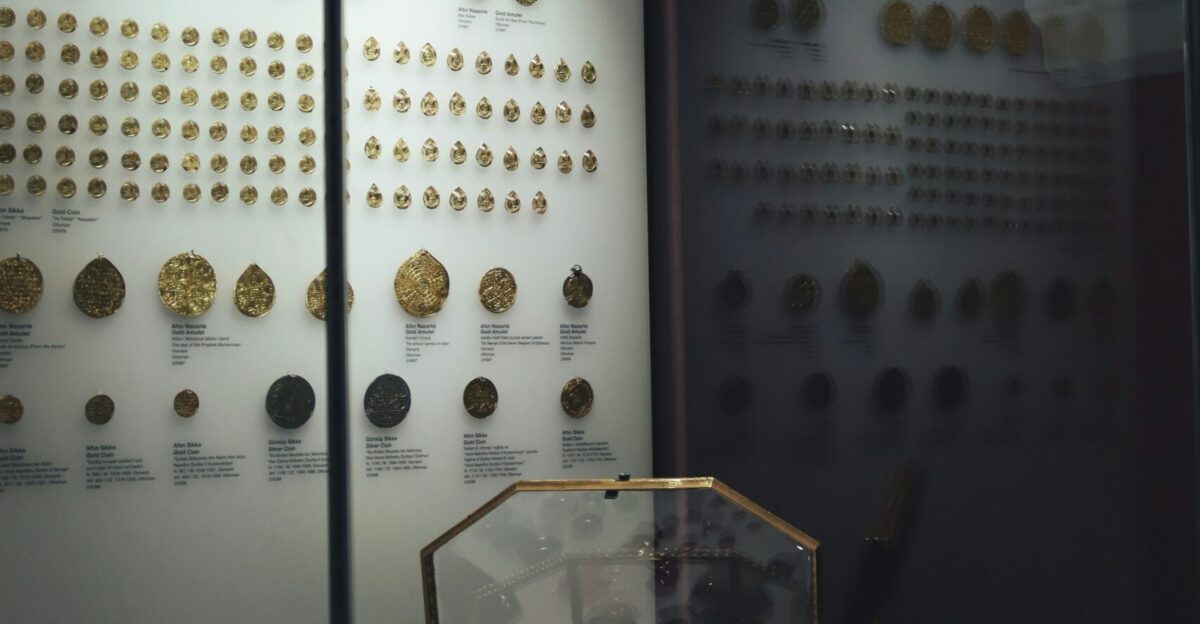
Ultimately, the notary’s determination paid off. Inside the wall, he found not only a cache of old coins but also masterpieces of Gothic numismatic art and ten cloth bags holding 172 gold “Napoléons”—20-franc pieces prized for their historical and material value.
The entire collection included over 1,000 historic gold coins which were meticulously labeled and preserved. Narce even had pieces from ancient Macedonia to the Louis XIV, XV, and XVI periods, and featured works of medieval and revolutionary France masterpieces.
The size and meticulous preservation of the collection has left scientists in awe and immediately catapulted Narce’s status from local mystery to worldwide phenomenon.
How Did Narce Amass Such a Trove—And Why Not Announce It?
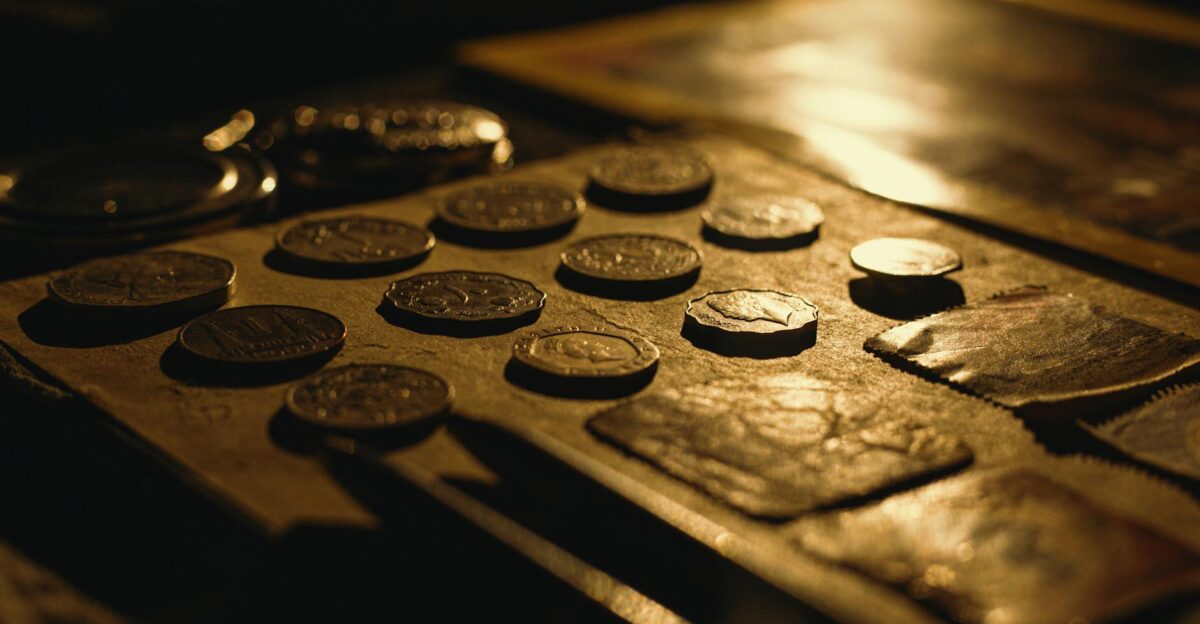
Narce appeared to have collected coins quietly for decades. He and his sister, Claudette, were avid history buffs and pooled their meager resources together to purchase rare coins at local bazaars and auctions.
Their hobby was never about money; it was about preserving remnants of history. As political and economic uncertainty increased, Narce went out of his way to hide his collection, fearing theft or confiscation.
In the end, his discretion ensured that the coins were kept in excellent condition, waiting for their moment in the sun.
The Auction: Where Did the Money Go?
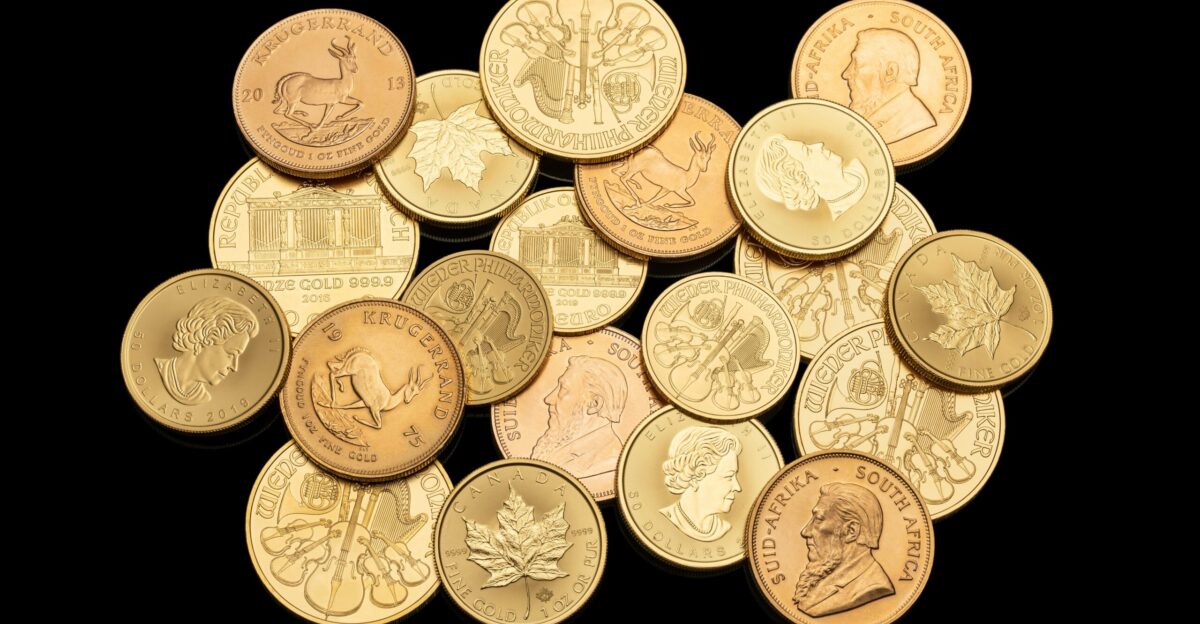
When the collection eventually appeared for sale at Paris’s Beaussant Lefèvre, expectations were high—but no one expected the result.
The coins were sold for between $3.4 and $3.8 million, more than double initial estimates. Each item was sold, from ancient Macedonian staters to the Napoleonic gold francs. The sale itself was a media darling, captivating of collectors, historians, and curious onlookers worldwide.
Since Narce has no close relatives, the money from the auction was distributed to distant cousins, as specified by French inheritance law.
Shockwaves: What Did the Community Think?
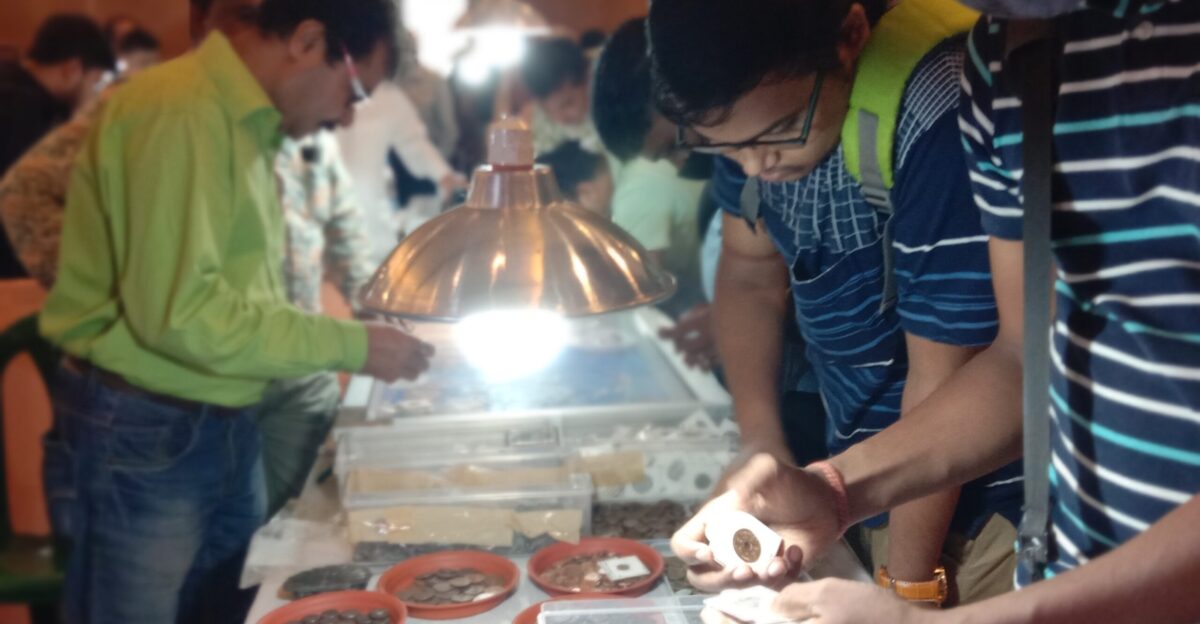
The news sent shockwaves through the local village and internationally among coin collectors. The discovery was welcomed by auctioneers and collectors as one of the finest private collections to hit the market in France
Neighbors in Castillonnès couldn’t believe that so much wealth had been hidden in broad daylight, while the town’s mayor described the Narce siblings as “very polite, very modest people who lived in an ordinary house.”
On the internet, this once-in-a-lifetime event went viral, with Reddit forums, YouTube videos, and TikTok posts discussing every detail, renewing global interest in the world’s hidden treasures.
What Does This Mean for the Future—And Could It Happen Again?
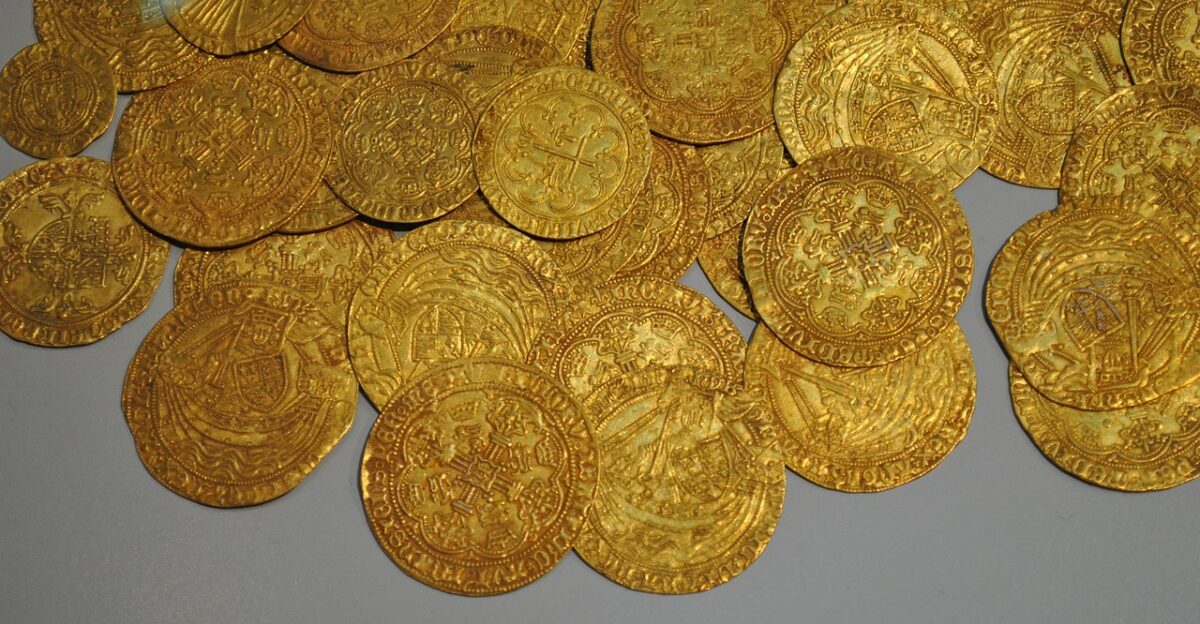
The Narce discovery has opened debate on the treasures still hidden in houses across Europe and beyond once more.
For collectors, the story is a reminder that history is all around us, sometimes it’s just buried behind an overlooked wall. For the auctioneers, it’s a shining example of how unpredictable the value and the enduring appeal of gold coins are.
Meanwhile, as stories of hidden fortunes abound on social media, people everywhere are tempted to check their own walls—although lightning rarely strikes twice in the same place.
The True Legacy: Beyond Gold, a Passion and Preservation Story
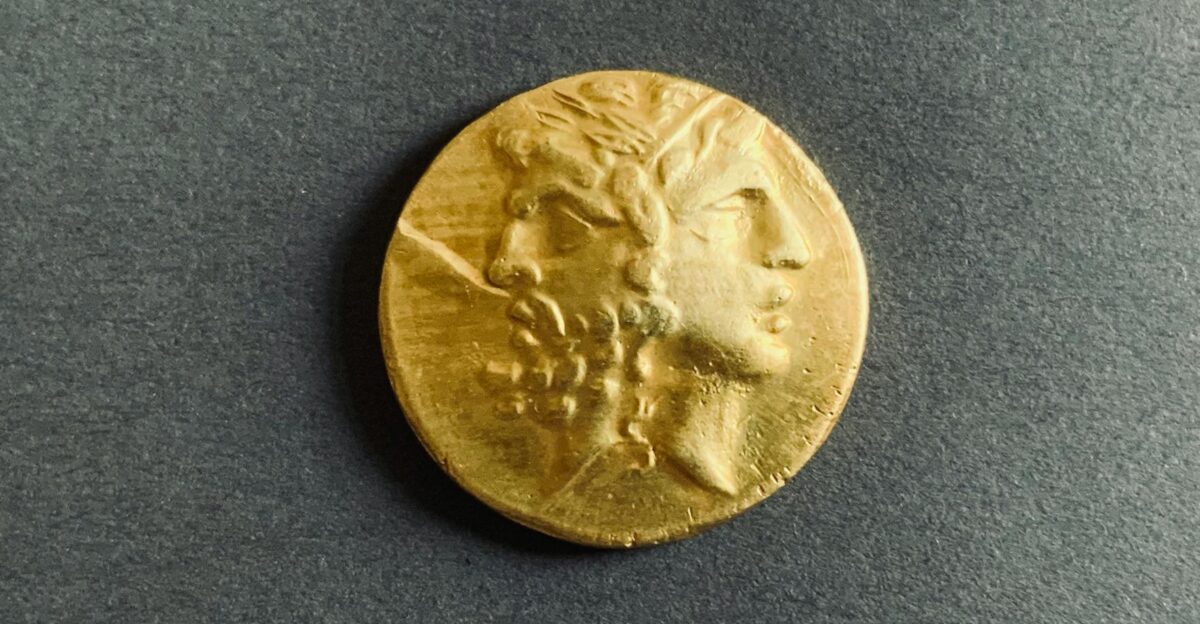
In the end, the worth of Narce’s cion collection cannot be measured in millions. Instead, one can argue that its true value lies in the siblings’ unadulterated passion, in the endurance of history, and in the power of curiosity.
Their story has inspired a new generation to look beyond the surface, to cherish the past and ponder what might still be concealed in everyday places, waiting to be found.
As the coins make their way into new hands and the village returns to its peaceful rhythms of everyday life, one thing is certain: the very best stories are often the ones lying directly in front of us.


